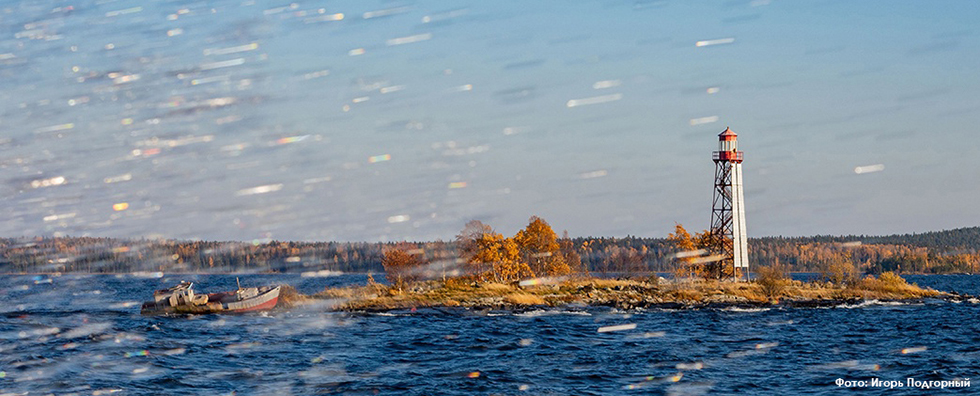References
Antonov A., Lutovinovas E., et al. Adaptation and prospects of breeding flies Black lvink (Hermetia illucens) in circumpolar region. Principles of the Ecology, 2017, No. 3, pp. 4-19. (In Russ.)
Barulin N.V. Aquaculture of valuable fish species and resource-saving technologies: in 3 parts. Part 1. Trout farming: learner's guide. Gorki, Belarusian State Agricultural Academy, 2018. 237 p. (In Russ.)
Ilmast Yu.N., Matrosova S.V. Using insect larvae as a component in rainbow trout feeds. StudArctic Forum, 2023, Vol. 8, No. 4, pp. 182-188. (In Russ.)
Ushakova N.A., Ponomarev S.V., et al. The use of protein-chitinous concentrate of larvae of the black lion Hermetia illucens in the diet of omnivorous fish is examplified by red tilapia. Proceedings of the RAS Ufa Scientific Centre, 2018, No. 3, pp. 57-62. (In Russ.)
Krivonosov P.N., Tael I.R. Using mixed plant substrates for the cultivation of black soldier fly larvae. StudArctic Forum, 2024, Vol. 9, No. 4, pp. 55-64. (In Russ.)
Miniyarov F.T. Resource-saving biotechnologies for the use of insects. Natural sciences: current issues and social challenges: Proceedings of the international scientific and practical conference. Astrakhan, Astrakhan State University, 2020, pp. 82-84. (In Russ.)
Pakhomov V.I., Braginets S.V., et al. Essential oils as therapeutic and prophylactic agents and feed additives for aquaculture (review). Siberian Journal of Life Sciences and Agriculture, 2022, No. 2, pp. 254-281. DOI: 10.12731/2658-6649-2022-14-2-254-281 (In Russ.)
Romanenko E. A. Quality of edible eggs by using feed protein from black soldier fly larves (Hermetia illucens). Sciences of Europe, 2021, No. 85(2), pp. 3-5. DOI: 10.24412/3162-2364-2021-85-2-3-5 (In Russ.)
Shitikov V.K., Rosenberg G.S. Randomization and bootstrap: statistical analysis in biology and ecology using R. Togliatti, Kassandra, 2013. 314 p. (In Russ.)
Belghit I., Liland N., et al. Black soldier fly larvae meal can replace fish meal in diets of sea-water phase Atlantic salmon (Salmo salar). Aquaculture, 2018, Vol. 503, pp. 609-619. DOI:10.1016/j.aquaculture.2018.12.032
Spranghers T., Ottoboni M., et al. Nutritional composition of black soldier fly (Hermetia illucens) prepupae reared on different organic waste substrates. Journal of the Science of Food and Agriculture, 2017, Vol. 97, pp. 2594-2600. DOI: 10.1002/jsfa.8081




